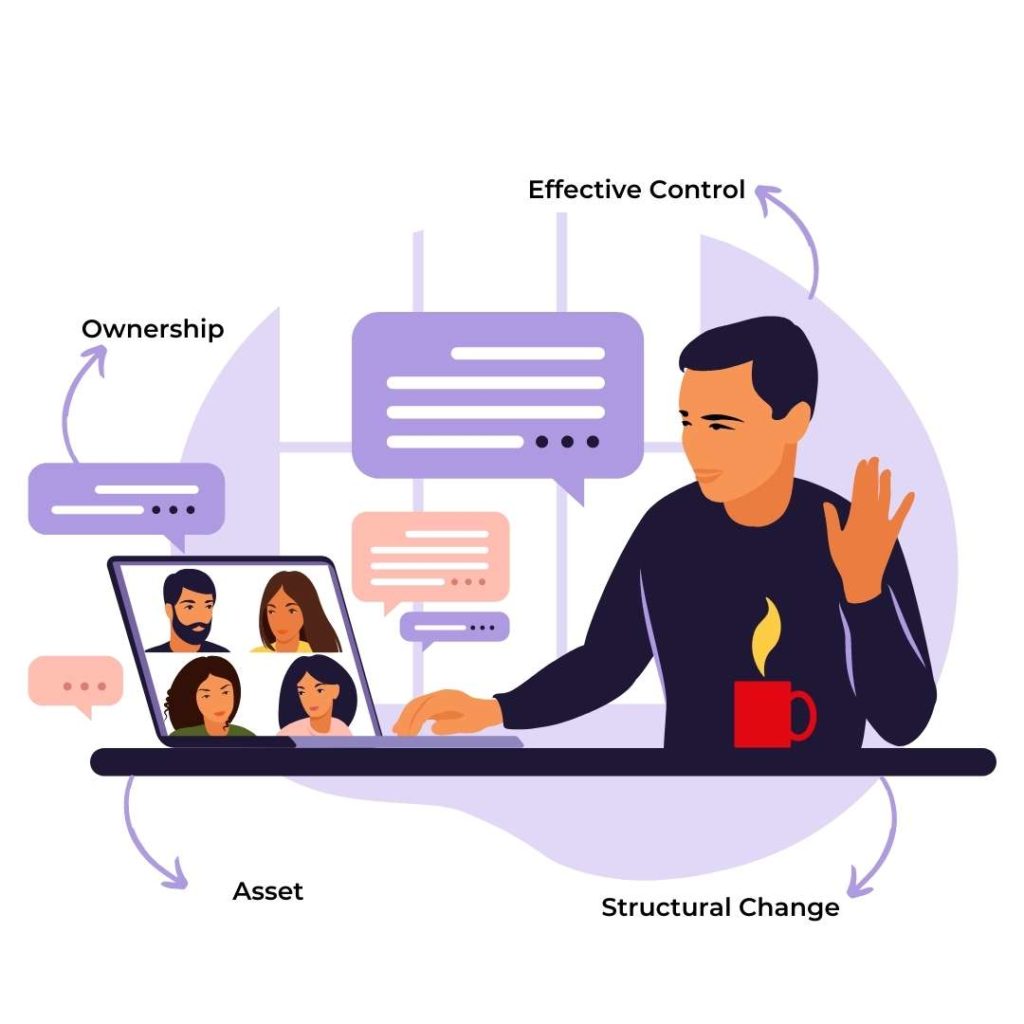
The Gig Economy and Rural India: A Look at its Potential
The gig economy has risen drastically in India due to its flexibility, cost-effectiveness, and independence. According to a survey, India’s gig workforce comprises 15 million workers. The pandemic is a key factor in the rising gig economy, as employees who loved the work-from-home model are no longer interested in traditional jobs. Nowadays, the gig economy model has become a primary source of income for many people.
The gig economy generates more efficient, cheaper, and flexible services as gig workers can work accordingly. It also has a lot of potential for workers in rural areas in India. Here you can learn how the gig economy influences workers in rural areas of India.
Table of Contents
What is the GIG economy?
Before you learn about the gig economy’s potential, you should clearly understand the GIG economy. It is a popular term that describes the working model for independent workers or freelancers who provide their services on a short-term or project basis. It is growing rapidly worldwide, and it has the potential to transform how people work and make a living in urban and rural areas.
The gig economy gained momentum when new platform-based companies emerged. It comprises workers of all ages and genders, such as students and women. It offers excellent opportunities for workers to work part-time or full-time from home.
Why are gig workers essential in India?
About 31% of gig workers are in low-skilled jobs, 22% in high-skilled jobs, and 47% in medium-skilled jobs. It indicates how valuable gig workers are for organizations and businesses in India. The gig workers provide a labor force that directly suits the company to the freelancer. GIG Economy in India removes the hassle of dealing with a middle person throughout the hiring process.
Gig workers also reduce operational costs as the organization isn’t required to cover the health benefits for their workers. With the gig economy, businesses can hire off-site workers without requiring them to manage large, expensive offices.
Another reason gig workers have become an important part of the economy is India’s output production. The gig model allows individual workers who like to work for extra money to apply for positions that offer unique working hours. With this flexibility, workers can work with motivation and increase the output production of the company.
Most suited gig economy jobs in rural India
The gig workers in rural areas perform various gig economy jobs to create an earning. Here are the top gig jobs available for people living in rural areas in India, including:
Agriculture-related services

Rural India has a large number of farmers and agriculture workers. They provide agriculture-related services that include supplying crops, livestock management, farm maintenance, and more to the farmers. Various food processing industries are dependent on agriculture-related services to execute their operation. By leveraging the power of artificial intelligence, remote sensing, and other technologies, agri-tech companies can adopt sustainable approval for farming at a large scale.
Content creation
The rural part of India has internet access, which allows them to connect with urban cities and international countries to learn new ways to make an earning. Many gig workers use technological advancement to learn new skills and provide services to clients worldwide with emerging platforms. Some common types of jobs for content creation include content writing, web design, data entry, and digital marketing.
Online tutoring
Many teachers and trainers are now working from their homes and teaching students. With the help of mobile and internet access, anyone can educate and provide awareness to the world. Without proper infrastructure and school buildings, students can access online tutoring via various online platforms and learn essential skills. Local teachers have successfully gained popularity for teaching students from rural areas.
Translation services
Rural India is filled with diverse communities, which create language barriers. People from rural areas can provide translation services to reduce the language barriers between businesses and native people. Gig workers can translate books, literary texts, and novels into various languages, allowing others to learn about the Indian rural culture.
Delivery services
Online shopping is also famous in rural areas, with a growing demand for delivery services. Gig workers can work in rural areas to reach local customers. They can also be cost-effective for companies.
However, many gig workers have started offering delivery services for local shops in India. Online companies can provide fast delivery services within a particular area with gig workers’ help.

How do gig workers in rural areas make a living?
Generally, gig workers in rural areas work to support and provide for their families. There are several ways to earn money by freelancing as a delivery partner or tutor. The average monthly income for a gig worker is Rs. 18,000. The income of gig workers rarely has any spot for saving as they spend most of their income on rent, education, household, and medical. However, some gig workers utilize the power of the right financial tools and services to reach a sustainable monthly income.
What is the potential of the gig economy in rural India?
According to a report, the gig economy generates 56% of new employment across the white-collar and blue-collar workforce. The gig economy has great potential for rural people as it can provide up to 90 million jobs to the non-farming sector in India. The demand for gig workers in white-collar jobs such as salespeople, project-specific consultants, content writers, web designers, and software developers are emerging.
The gig economy provides flexibility, convenience, higher unit pay, and more benefits. But it must meet the minimum wage requirement, consumer rights, and worker protection to allow workers to live sustainably.
Regulation for gig workers to improve their standards of living
Most gig workers don’t have post-school education, and most learn skills through gig jobs. To address these issues, organizations or governments provide free courses to learn valuable skills. Another problem gig workers need help with is job security and regular pay. Government should also provide a trusted platform for gig workers to find gig jobs.
Is the gig economy beneficial for women?
The gig economy empowers women to join the rural gig workforce by educating them about technology, money management, and digitization. It offers equal opportunity to all genders and allows women who have faced discrimination in a traditional workplace to work.
Women with many responsibilities can work flexibly, as many gig economy jobs offer flexible work arrangements. It also gives women the power to work remotely and access clients from all over the world.
Wrapping up
The gig economy offers various benefits for both workers and organizations. The gig economy in rural India has begun emerging as it creates more employment opportunities and empowers students and women. The gig workforce in India is expected to grow to 2.35 crore gig workers by 2030.
MIMOIQ offers excellent opportunities to people in rural areas to work in the gig economy. You can develop popular skills according to your preference and earn a living from your home. You can become a MIMO task associate and perform various tasks, from delivering packages to a cash settlement.
Like this article?
More To Explore

What Factors Should Organizations Consider Before Outsourcing Their Internal Audit Functions?
+91 1141182211 Outsourcing has become a strategic choice for many organizations looking to streamline operations, reduce costs, and enhance efficiency.

Outsourcing Internal Audit: Evaluating the Upsides and Downsides for Your Organization
+91 1141182211 In today’s dynamic business environment, companies face increasing pressure to enhance efficiency, manage risks effectively, and ensure compliance

A Background Verification Guide: Frequently Asked Questions and Their Answers
+91 1141182211 Background verification (BGV) is a crucial process used by employers to ensure they are hiring candidates with accurate













